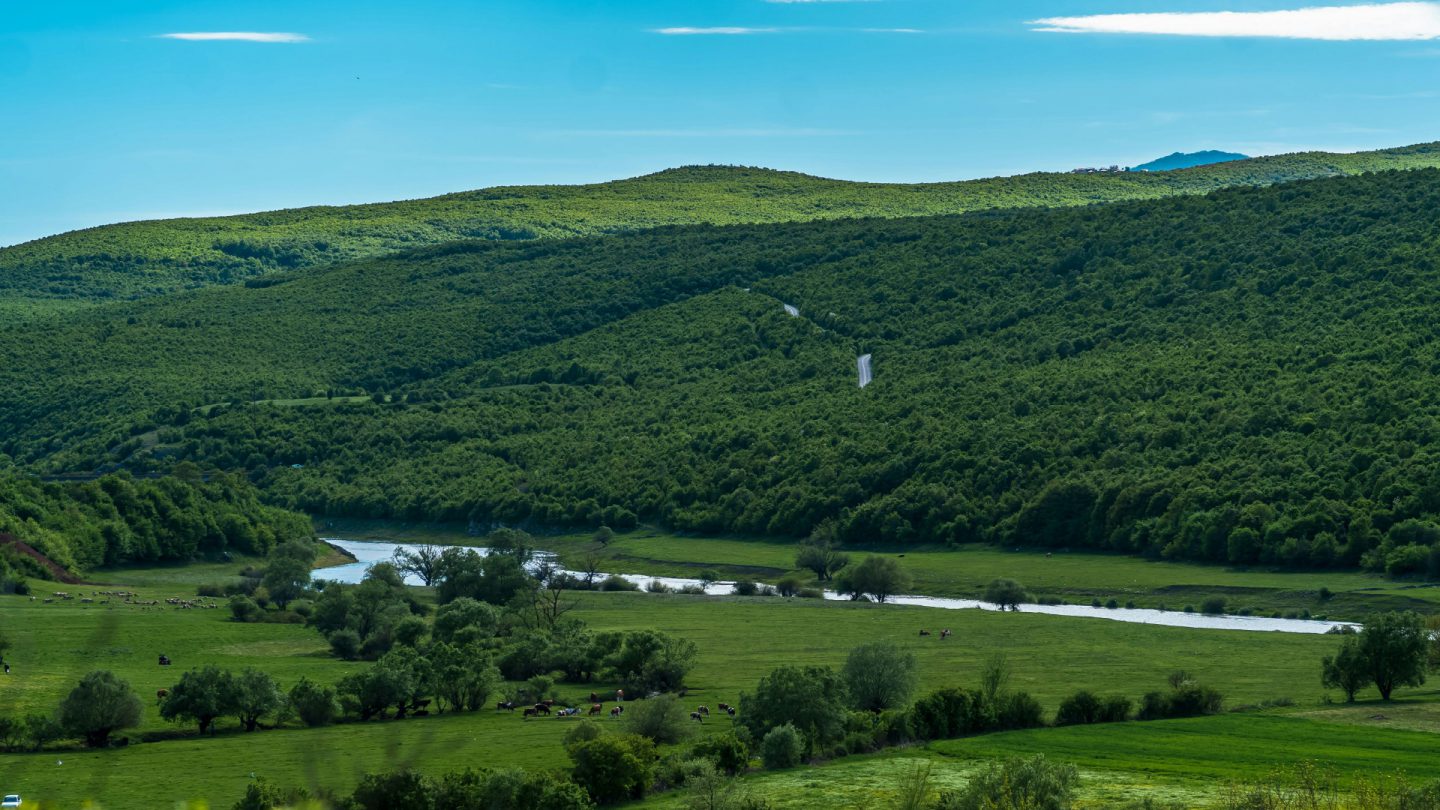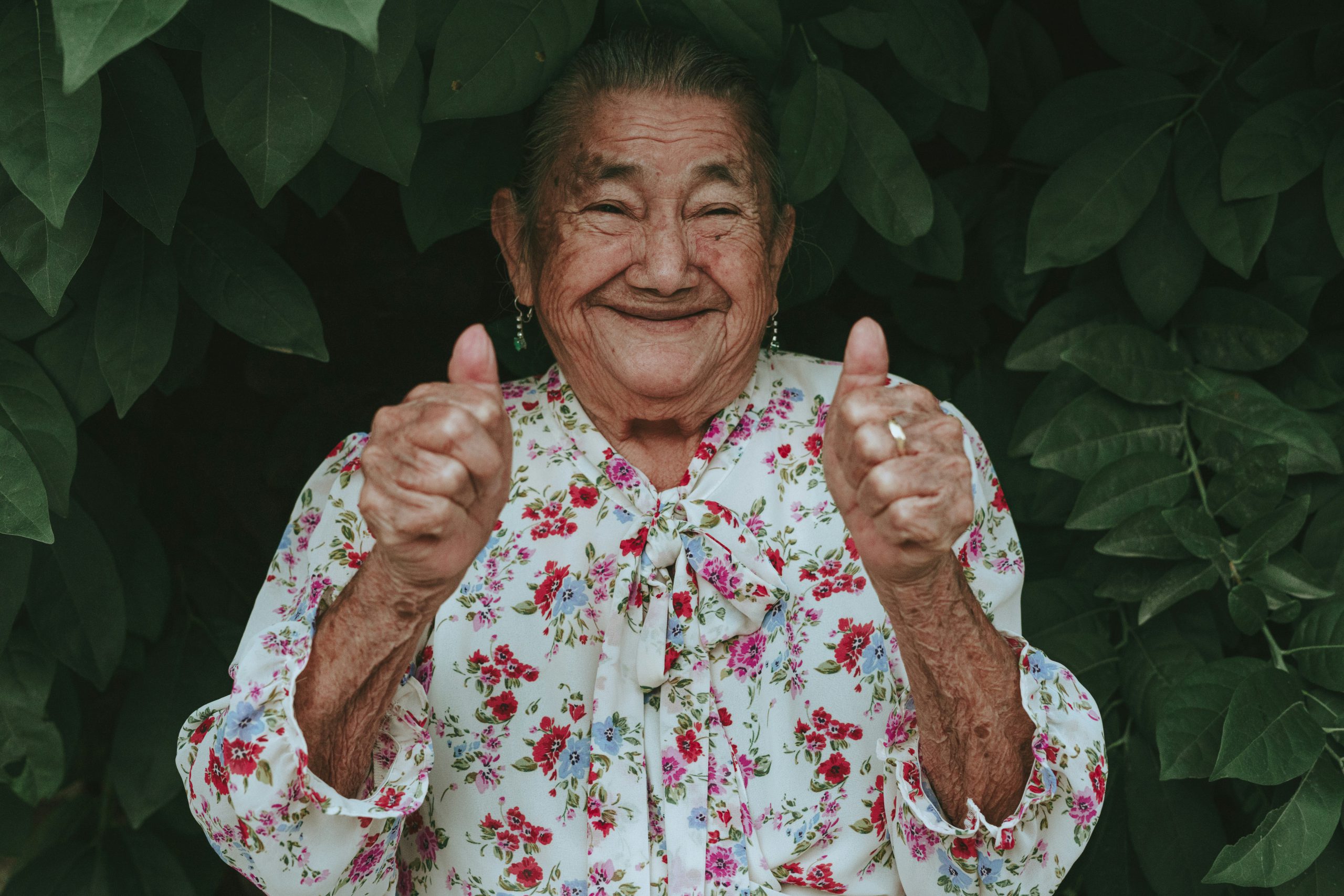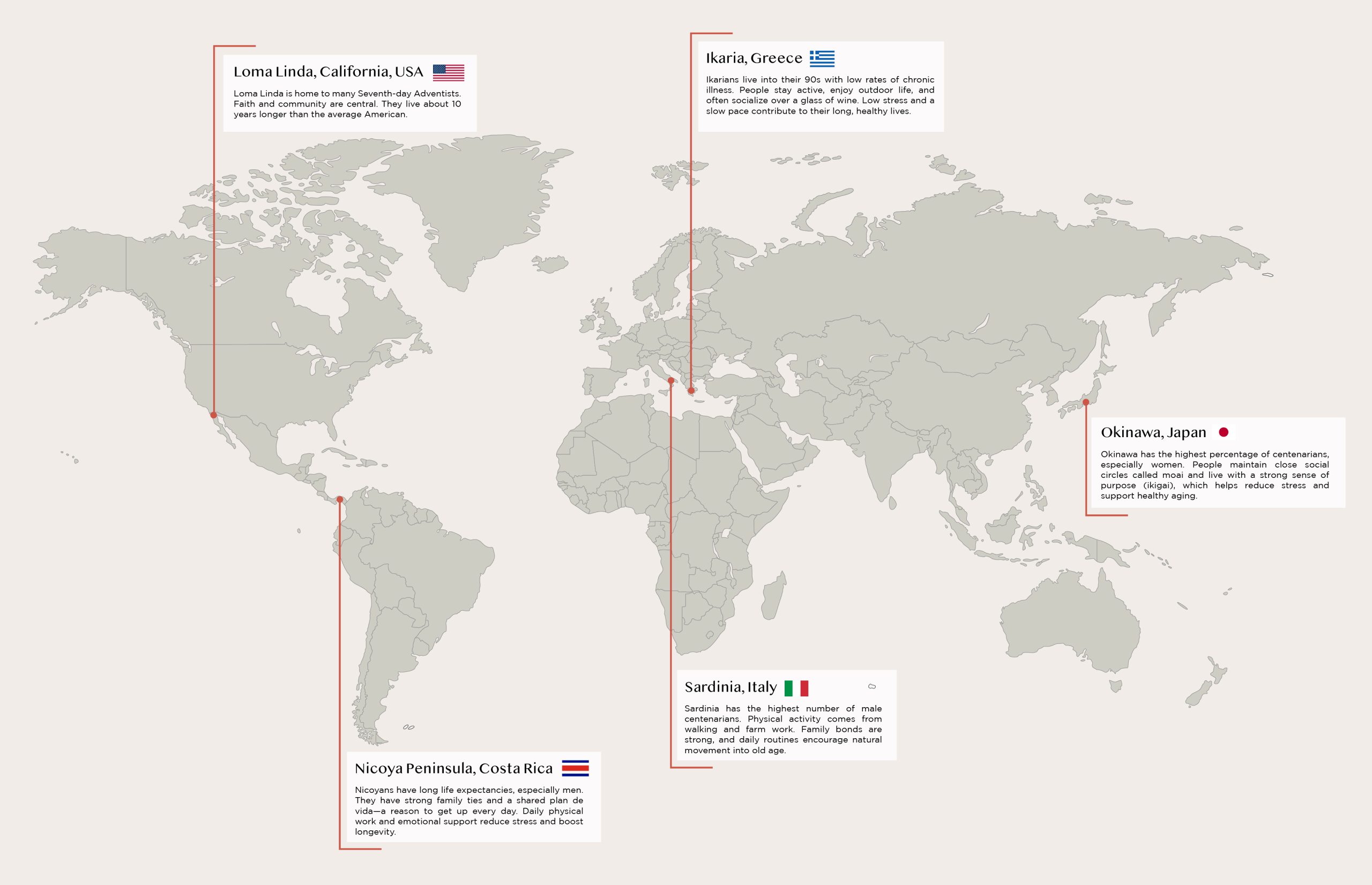
The Geography of Longevity: Centenarian Blue Zones Discovery
Monday, 05 May 2025
blogs
- 73.5 years is the global average life expectancy in 2025. (Worldometer)
- 76.8 years is the global average life expectancy in Thailand in 2025, higher than many Southeast Asian nations. (Worldometer)
- People in Blue Zones reach the age of 100 at rates approximately 10 times greater than in the United States. (info.bluezonesproject.com)
- Only about 20% of how long we live is determined by our genes; the remaining ~80% is linked to lifestyle and environment. (Blue Zones)
- Bangkok, Phuket, and Chiang Mai are key cities in Thailand as the future of retirement. With strong infrastructure, top-tier healthcare, and growing expat communities. (Thailand Visa Expert)
As the world enters an aging society, the search for ways to a healthy lifestyle and longevity has become increasingly important. Around the world, there are a few regions known as Blue Zones, where people consistently live well past 100. These areas not only have a higher-than-average life expectancy but also boast an unusually high concentration of centenarians. But what makes these Blue Zones so unique? In this post, we’ll explore the geography of longevity, the five original Blue Zones, and the lifestyle factors that contribute to the remarkable health and long lives of their inhabitants.

What Are Blue Zones?
Blue Zones refer to regions of the world where people live significantly longer lives compared to global averages. These areas are known for having:- A higher proportion of centenarians (people who live to be 100 years old or more)
- A notably low incidence of chronic diseases like heart disease, cancer, and diabetes
- Strong social connections, supportive communities, and active lifestyles

Where Are the Blue Zones?
There are five original Blue Zones identified across the globe:- Okinawa, Japan Known for having the longest-lived women in the world, Okinawa’s population has the highest percentage of centenarians. The Okinawan diet is rich in vegetables, tofu, and fish, with an emphasis on modest portion sizes. Okinawans also practice a social system called moai, where lifelong friendships and strong social networks help prevent isolation and stress. According to research by Buettner (2008), their sense of purpose—referred to as ikigai—also contributes to their longevity.
- Sardinia, Italy The mountainous villages of Sardinia are home to the world's highest concentration of male centenarians. The rugged terrain, traditional Mediterranean diet rich in vegetables, whole grains, and a moderate amount of wine, as well as the tight-knit family structures, contribute to the longevity of Sardinians. The Sardinian lifestyle emphasizes walking, working in the fields, and eating in moderation. Buettner’s research found that the region’s steep hills naturally encourage physical activity, even for the elderly (Buettner, 2012).
- Ikaria, Greece Ikaria, a small Greek island in the Aegean Sea, is notable for its low rates of dementia, heart disease, and other chronic conditions. The islanders live well into their 90s and beyond, often remaining active well into old age. Their diet includes a variety of local vegetables, olive oil, and moderate amounts of wine. The Mediterranean lifestyle, combined with regular social interactions and outdoor activities, contributes to the island’s longevity. Studies, including those by the Harvard T.H. Chan School of Public Health (2016), have linked the island’s relatively low stress levels to their aging patterns.
- Nicoya Peninsula, Costa Rica The Nicoya Peninsula in Costa Rica has one of the highest life expectancies in the world. The region is home to a large number of centenarians, particularly men. A focus on natural, whole foods like beans, corn, and squash, along with a deeply rooted sense of community, contributes to longevity. Costa Ricans in this area live in strong familial support systems that help reduce stress and provide emotional stability, two key factors for aging healthily. Researchers from Blue Zones Project (2016) highlighted the importance of daily physical activity and the “plan de vida,” a sense of life purpose, as critical factors for longevity.
- Loma Linda, California, USA Unlike the other Blue Zones, Loma Linda is not a rural area but a city with a significant population of Seventh-day Adventists. This group follows a plant-based diet, with a focus on nuts, whole grains, and vegetables, and avoids alcohol, tobacco, and caffeine. Their faith and lifestyle choices promote longevity, along with a community-oriented culture that encourages both social engagement and physical activity. Research published by the Journal of the American Medical Association (2012) showed that Seventh-day Adventists in Loma Linda lived 10 years longer than the average American.
Why Tri Vananda Embraces Blue Zone Principles
At Tri Vananda, we believe that the principles behind Blue Zone living—longevity, well-being, and strong community—align with the way we envision the future of wellness. That’s why our community design is deeply rooted in the concepts of sustainable living, holistic wellness, and intergenerational connection. From biophilic design to regenerative farming practices, we’ve created a space that mirrors the lifestyle habits found in Blue Zones. By living here, you’ll not only benefit from a community that supports health and longevity but also become part of a network that prioritizes connection and purpose—just as Blue Zone communities do.How Close Are You to Living Like the World’s Longest-Lived People?
Take the first step today—Do the quick test to learn how close you are to the people who live Blue Zone lifestyles and discover personalized insights that can help you take control of your health and future.
©COPYRIGHT 2020 TRI VANANDA ALL RIGHT RESERVED



